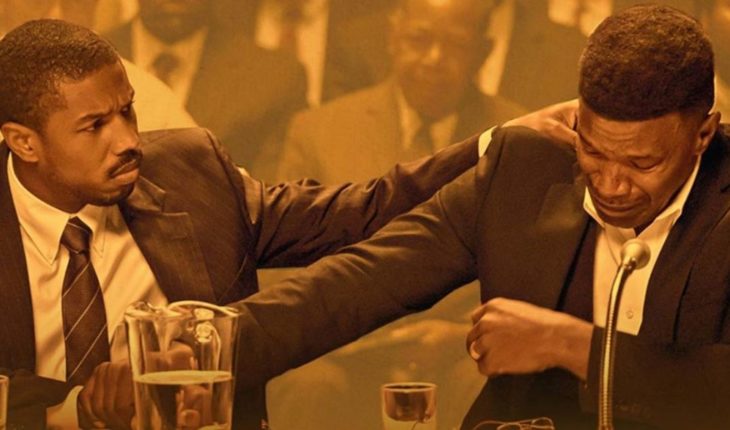“Seeking Justice” (Just Mercy, 2019) is not the first court film based on a real case that exposes the shortcomings of the legal system in the United States. What’s more, there’s a whole subgenre about these kinds of stories, so gripping, dramatic, moving or tasteless, depending on the case in question. The film written and directed by Destin Daniel Cretton (“Short Term 12”) takes as its namesake memoirs Bryan Stevenson- an Alabama lawyer and activist who devoted his entire life to defending those marginalized and unrepresented because of his economic and social situation, especially minorities- to show an inescapable reality: justice is not as blind as we would like to believe and sometimes judges by “facelift” or, rather, by skin color. Michael B. Jordan takes on Stevenson’s shoes and begins his journey, first as a student and then as a recent Harvard graduate, with all the idealism in tow trying to make a difference with those who need it most. Contrary to all her family’s opinion, she moves to Montgomery, Alabama, to found the Equal Justice Initiative with Eva Ansley (Brie Larson), an association that tries to fight for those who can’t afford proper legal assistance.
Bryan focuses on the death row inmates who await his execution, perhaps, hoping to defer his sentences or abfix. There he meets Walter “Johnny D.” McMillian (Jamie Foxx), an African-American man convicted of the 1986 murder of young Ronda Morrison. A little reticent at first, Walter refuses to tell his story and embrace false expectations with the inexperienced litigator, but Stevenson soon discovers a series of inconsistencies between the evidence and the material witnesses, leaving the door open for the possibility of opening this case and proving the innocence of McMillian, convicted of a crime he did not commit.” Seeking Justice” brings nothing new to the genre and that is not its purpose either. McMillian’s case – like Steven Avery’s in “Making a Murderer” – attempts to run the veil of romanticism in the face of such legal stories (a little bit bridged by Hollywood and John Grisham’s novels) loaded with evidence, respondents, plaintiffs and defendants , to show the prejudices and discrimination that existbetween the police forces and the police officers themselves who accuse with the finger long before analyzing the evidence. The issue is more troubling in a state as racist as Alabama and a Caucasian victim who needs justice with political haste.
We need more idealistic lawyers
In this impartial scenario, Stevenson risks his own life and reputation to get his client a fair trial, try to find the truth behind the inconsistencies of Ralph’s (Tim Blake Myers Nelson)’s testimony — a witness on which the prosecution is based – and Battle with Tommy Chapman (Rafe Spall), a district attorney who only watches over the white victim. While Cretton takes us by the hand along this route whose structure is more than recognizable, he also lets us reflect on discrimination (by ethnicity, by social status) and the death penalty. Yes, “Seeking Justice” is also a plea against capital punishment that is still legal in 29 Northern states. A punishment that, it is known, has no weight when it comes to seeing the decline in crime rates, and can even be counterproductive considering that, throughout history, many of those executed were innocent. This is the sense of helplessness left by Cretton’s film, understanding that all systems are fallible and that there are no guarantees when it comes to human rights.
Two against the system
The filmmaker and its protagonists force us to get involved in this story even if the topic and discussion seem a little distant. The humanity of Jordan and Foxx are the two pillars of this drama that cannot leave aside the institutionalization of racism in a country where discrimination is the order of the day, marked by a political dome that incites hatred, even from a shallow T account Witter. We are talking about a fact that happened more than thirty years ago, and the theme is still too current. Cretton narrates bluntly, held in his interpreters, and tugs his finger into the sore whenever he can. Likewise, it cannot escape conventionalisms, formulas and a certain air of morals, even if the message must be shouted at the four winds. “Looking for Justice” strikes much harder when we know the true faces behind fiction and the outcome of each of those accusations, just some of those Stevenson handled in his early life and, in many cases, those he never stopped fighting for until he found that elusive justice.
In this note:





